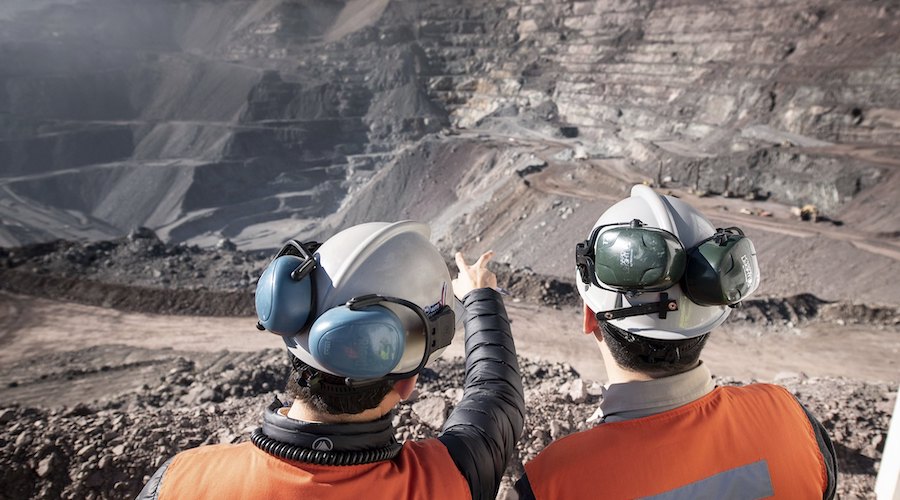The rise of automation technology has had a dramatic impact on the way Queensland’s mines work. From manufacturing to construction, transport and mining, automation is delivering results and altering critical supply chains. While the mining industry has been a major adopter of new technologies, the complexity of mining work means that much of the labour is still performed manually. For most applications, humans still have better judgement that allows us to increase the yield of mine sites.
But this is set to change over the next decade. The increasing availability of automation, demand for environmentally responsible mining practices and a focus on workplace safety are driving this shift. And, with major mining companies now rolling out new automated equipment at every stage of the supply chain, the future of Australia’s mining industry lies in automation. Read more below from the Queensland mining news experts, iQ Industries.
How Automation Benefits Mining
While automation technologies are finding their way into some of the world’s biggest industries, the mining sector has been a challenge. With demanding workloads and incredibly harsh environments, manufacturers have been hard pressed to develop technologies that can outperform current platforms. Slowly though, mining technologies are evolving, and they’re rolling out at mine sites all over Queensland and Australia.
Modern automation practices offer three major benefits to mine operators and their employees:
- Reduced costs. Automating mining processes can dramatically reduce overheads. While the investment in new equipment is substantial, the long-term savings are helping mining companies stay competitive in the global market.
- Improved safety. The safety of personnel is a major concern on mine sites. Automation reduces the number of staff who are operating vehicles and performing underground mining in potentially deadly conditions.
- Better sustainability. Automation goes hand in hand with improving sustainability practices. By delivering greater efficiencies and making room for other technologies (like electric mining trucks), automated mine sites will have a reduced impact on the environment and local ecosystems.
Autonomous Mining Vehicles
The rise of driverless cars on our roads is simply the tip of the iceberg when it comes to autonomous transportation in automation technology. While passenger cars are challenging to automate, the established routes at mine sites mean that autonomous mining vehicles are comparatively easy to coordinate. With each truck running a repeatable route from the collection to the drop-off point, driverless mining vehicles are already a reality. In fact, some of Queensland’s busiest coal mines are already using driverless trucks to transport ores and raw materials on site.
Companies like Volvo and Daimler that produce mining vehicles have been working hard on driverless technology for decades. Powered by GPS locators and mapping software, an engineer can determine and monitor the paths of dozens of trucks at once. This eliminates one of the major safety hazards on mine sites and reduces the expense of operating transport vehicles.
Intelligent Processing Equipment
Extracting ores only accounts for a small fraction of the mining process. In most cases, raw ore contains a small percentage of useful material, with the rest being ordinary rock and spoil. Separating useful materials from the rock requires dedicated sorting solutions.
Mining processing equipment was the industry’s first foray into automation. Automatic sorting systems date back more than a century. While these early designs were primitive by modern standards, they were a highly effective tool in accelerating the refinement process. These days, most mine sites employ computer-based sorting equipment that automatically scans ores and separates useful components for further refinement this is another evidence of automation technology.
This is done using two main technologies: electromagnets and X-ray. In either type of system, ore is fed through a device that detects the presence of minerals and other valuable compounds. The valuable components are then separated from the batch using hydraulic or manual sorters. These systems operate with incredible speed and accuracy, with some of the leading equipment being capable of sorting 200 tons of particles her hour.
Improved Data Analysis
Modern mine sites are powered by information. New mining techniques are allowing us to recover more useable material from each site. Improving the yield isn’t just beneficial to the bottom line, it also ensures that we’re minimising our impact on the environment. Achieving this means integrating large data sets with automated mining equipment to maximise the yield. While this work was traditionally performed manually by engineers and prospectors, new equipment is taking over.
A combination of drones, robots and AI-powered software is leading the way to data analysis for mining. Digitising this information and processing it using computers is streamlining the process, improving safety on sites and allowing operators to collect more material from each dig. Modern sensor technologies are already being rolled out, but the future of the Australian mining industry looks to be powered by real-time data analysis and artificial intelligence.

